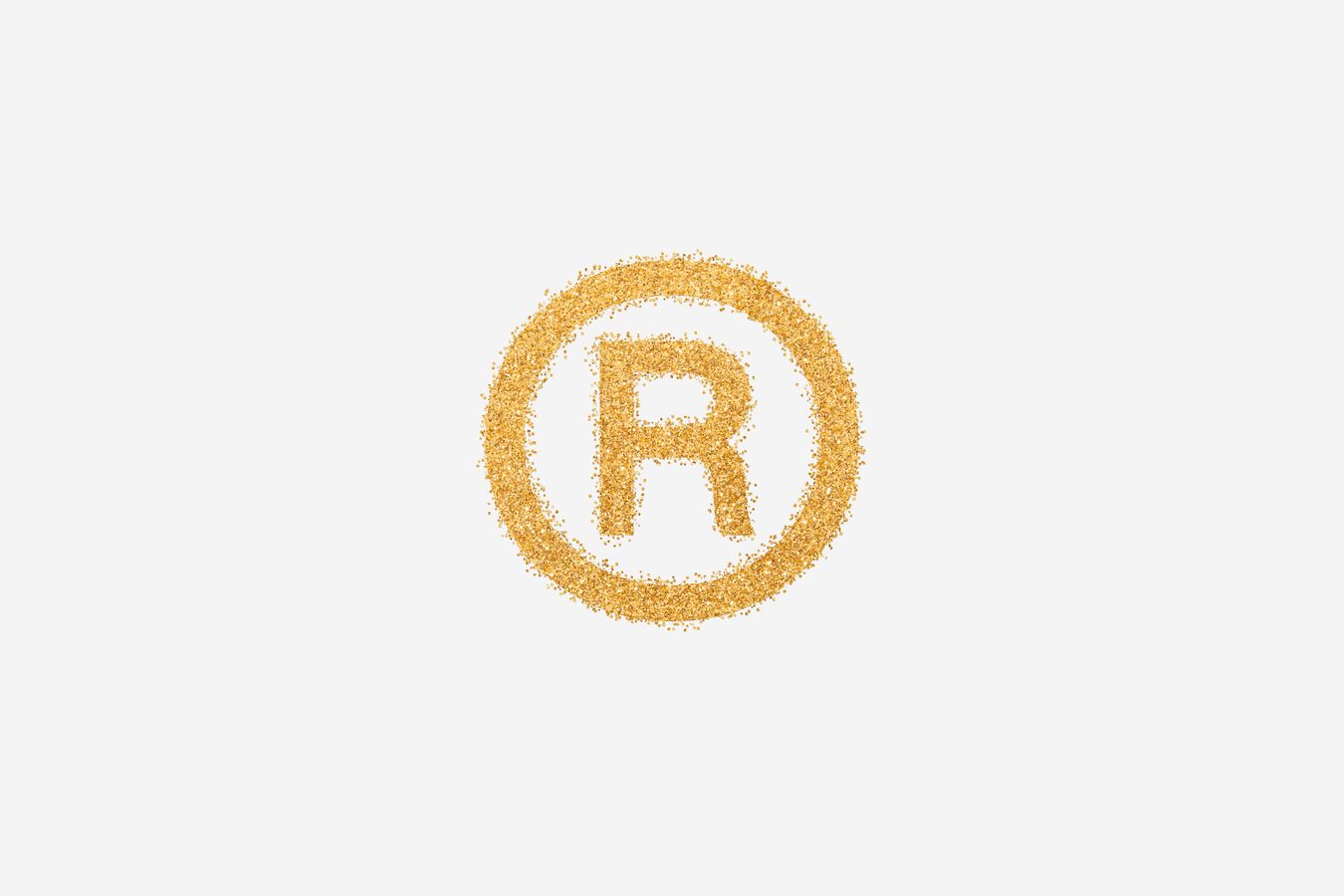Summary of the article “Apuntes sobre la modernización de la Ley de Marcas” (Notes on the modernization of the Trademark Law), published in the Industrial Property Supplement – elDial.com, on April 18, 2023. Author: Juan Carlos Ojam.
The author comments on the main issues that, in his opinion, should be updated in the Argentine Trademark Law (Law No. 22,362[1], enacted December 26, 1980 and amended in 2018 by the decree of necessity and urgency No. 27/2018 on “Debureaucratization and simplification”[2], subsequently ratified by Law No. 27,444 on “Simplification and Debureaucratization for the productive development of the Nation”[3]).
Ojam first points out that “the new world retains little of the old world. The global village is an undeniable fact, a concept -by now traditional- accepted in every forum. Reality has definitely spilled over our geography and forces us to abandon the old parochial perspective”.
As a consequence, there are several legal questions related to the Argentine trademark system that in his opinion should be corrected: here he addresses the structure of the procedure for the administrative resolution of oppositions, the time limit to file them, and the acceptance of the so-called defensive marks.
Regarding the administrative procedure for settling oppositions, the author proposes that it should start after the initial examination of registration has been approved by the Argentine TMO. Ojam explains that this is not the case under the current system, where the examination of registrability and availability (i.e. the so-called substantive examination) is carried out after the application has been published and the period for third parties to file an opposition has expired.
He also suggests that the time limit for filing oppositions should be longer, or at least that it should be possible to extend it, since it is currently very short, only thirty days from the publication of the application in the Trademark Bulletin, which clearly conspires against the exhaustive analysis -and even possible friendly settlements of oppositions- of the application at stake.
Turning to the defensive trademarks, i.e. those meant to protect goods or services that in no way relate to the specific activity, present or future, of the applicant, it is true that the 2018 reform imposed certain limitation to this type of registrations by regulating the partial cancellation due to non-use.
Nonetheless, in the author’s opinion it is cumbersome that the current system still forces to file an opposition against a merely defensive application, which undoubtedly reflects an outdated system that does not assess appropriately the relevant facts of the case and at the same time does not put in their proper place the theoretical issues that arise only at the registry level.
The author explains that, although the partial cancellation of a registration introduced by the 2018 amendment is a step forward to cleaning up the registration of speculative trademarks, it is still not enough, since the cancellation -whether partial or total- applies only to registrations that are at least five years old.
Until then, the trademark remains invulnerable, and it is necessary to wait for the five-year term to expire to begin a lengthy procedure of partial or total cancellation of the existing registration.
In short, the real interest in using a trademark -which is the reason why it is applied for- in the near future, is faced with an uncertain outcome, in the distant future, of a long cancellation procedure of the registration.
Finally, the author analyzes the admissible evidence in the administrative opposition procedure, but here he praises the 2018 amendment, mentioned above, as it has clearly simplified the system.
While noting that it is too early for a final opinion, Ojam holds that it seems that the Trademark Office, which is now in charge of the deciding these matters, has limited the admission of evidence to that which is truly conducive for deciding the oppositions.
All in all, the text is a very valuable tool for critical analysis of the current regulatory system and offers solutions in line with the “real reality”, which does not run behind the letter of law but in the end prevails over it.
We invite you to read the complete article at https://www.eldial.com/nuevo/nuevo_diseno/v2/doctrina2.asp?base=50&id=14840&t=d.
If you wish to contact the author, you may do so at the following e-mail address: jcojam@ojambf.com
[1] Official Bulletin dated 01-02-1981.
[2] Official Bulletin dated 01-11-2018.
[3] Official Bulletin dated 06-18-2018.

